Today, the biggest news comes from the Li-man direction.
Russia has been trying to make a breakthrough toward Li-man, but its growing manpower deficit hinders its efforts. Now, Russian soldiers arrive on the frontline only one month after signing their contract with barely any training.
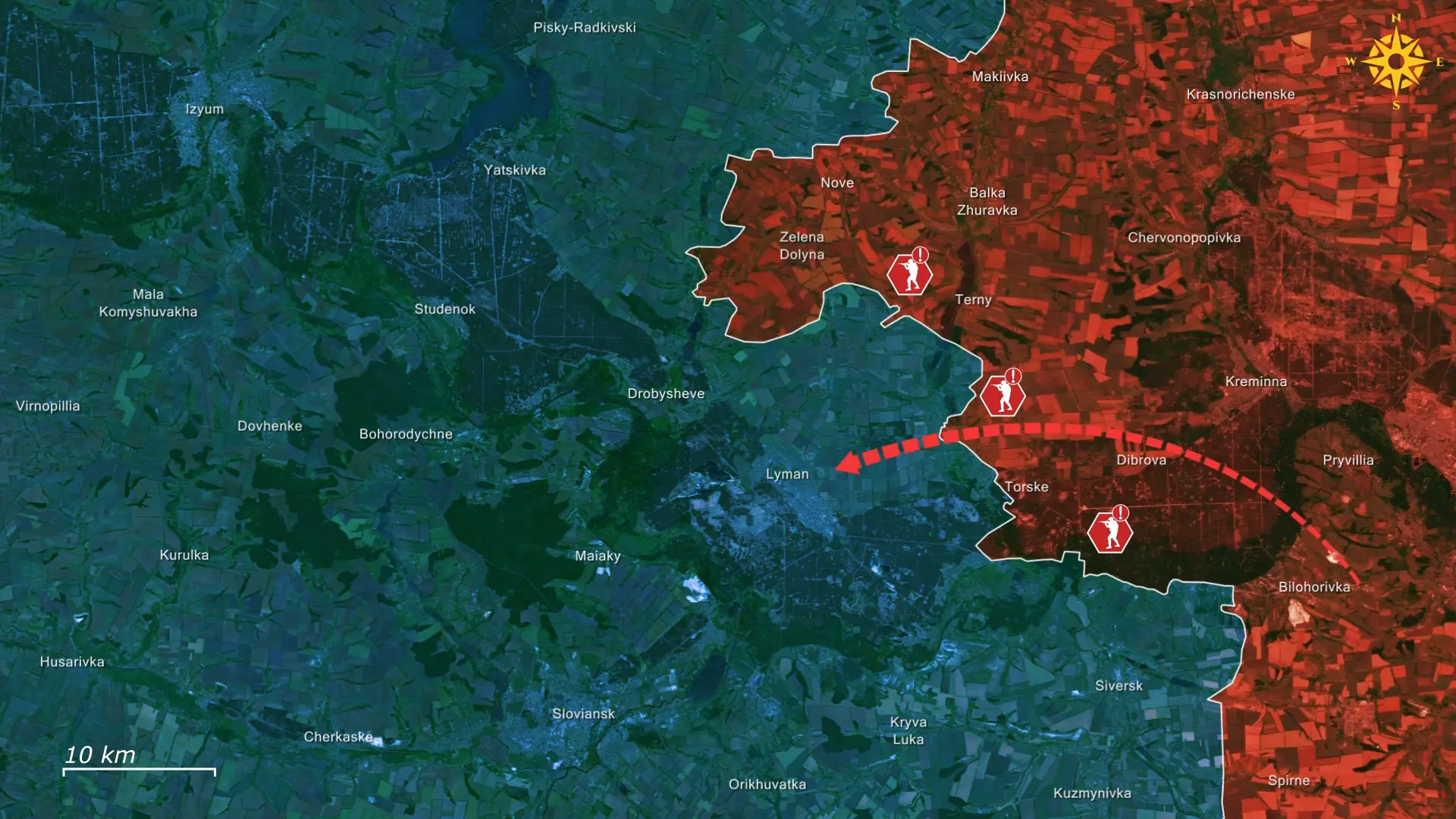
Russia is attempting to launch an assault on Li-man from the north and east simultaneously to overextend the defenders and encircle the town from two sides. Their operational goal is to close the pocket and capture the town to use it as a springboard north- and southward. Taking Li-man would cut off the supply route to Siversk and allow the Russians to encircle Slovyansk and Kramatorsk, aiding their strategic objective to control the rest of Donetsk Oblast; as well as encircle Ukrainians against the Oskil River to the north.
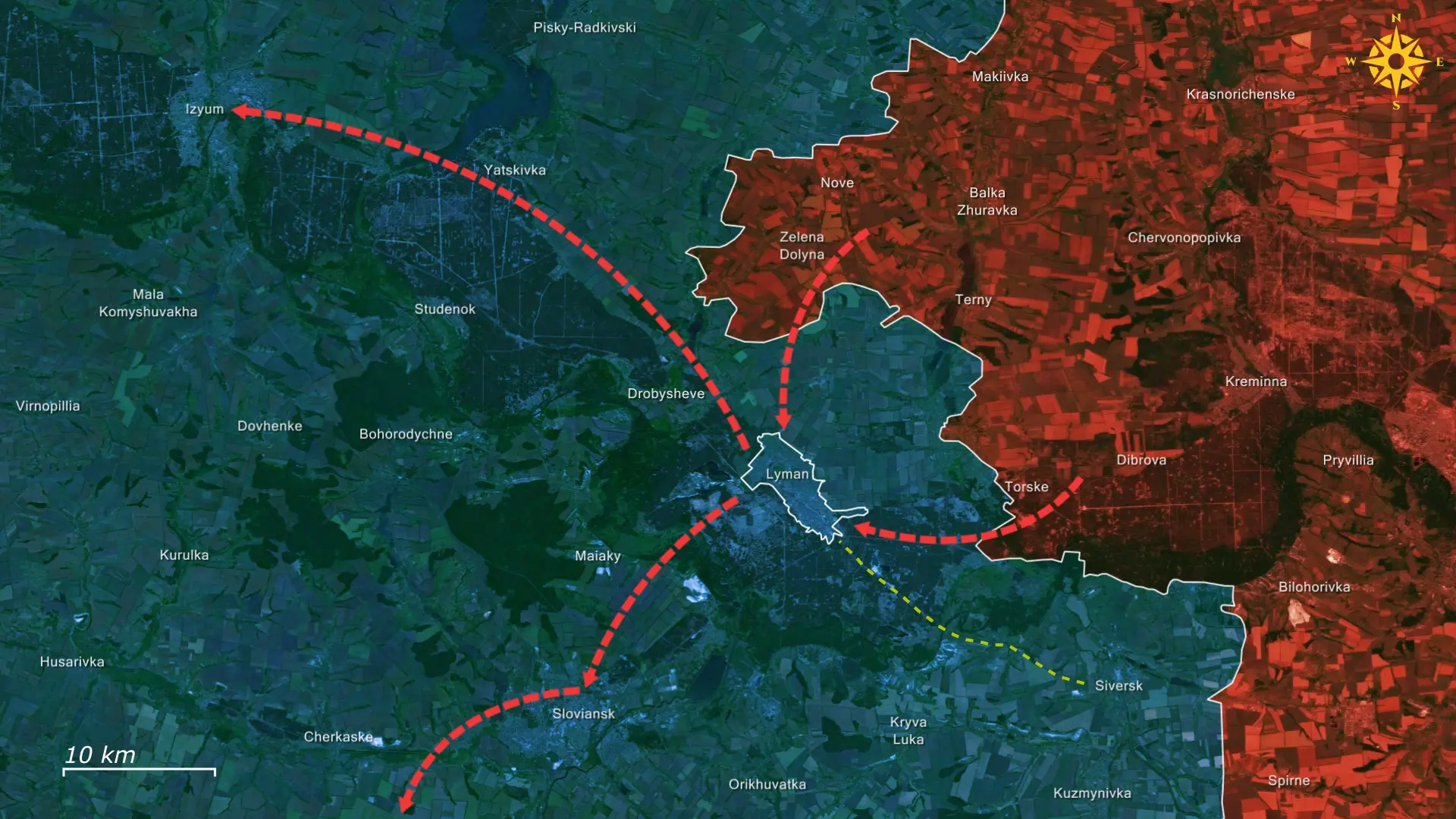
Russia has amassed 90,000 troops and nearly 1,000 armored vehicles in this sector to wear down the defenders and achieve a breakthrough with a final push. So far, the Zherebets River has prevented armored vehicle attacks from the east, but they have established a bridgehead north of Li-man, which can be used to cut the Ukrainian supply line from Izyum.
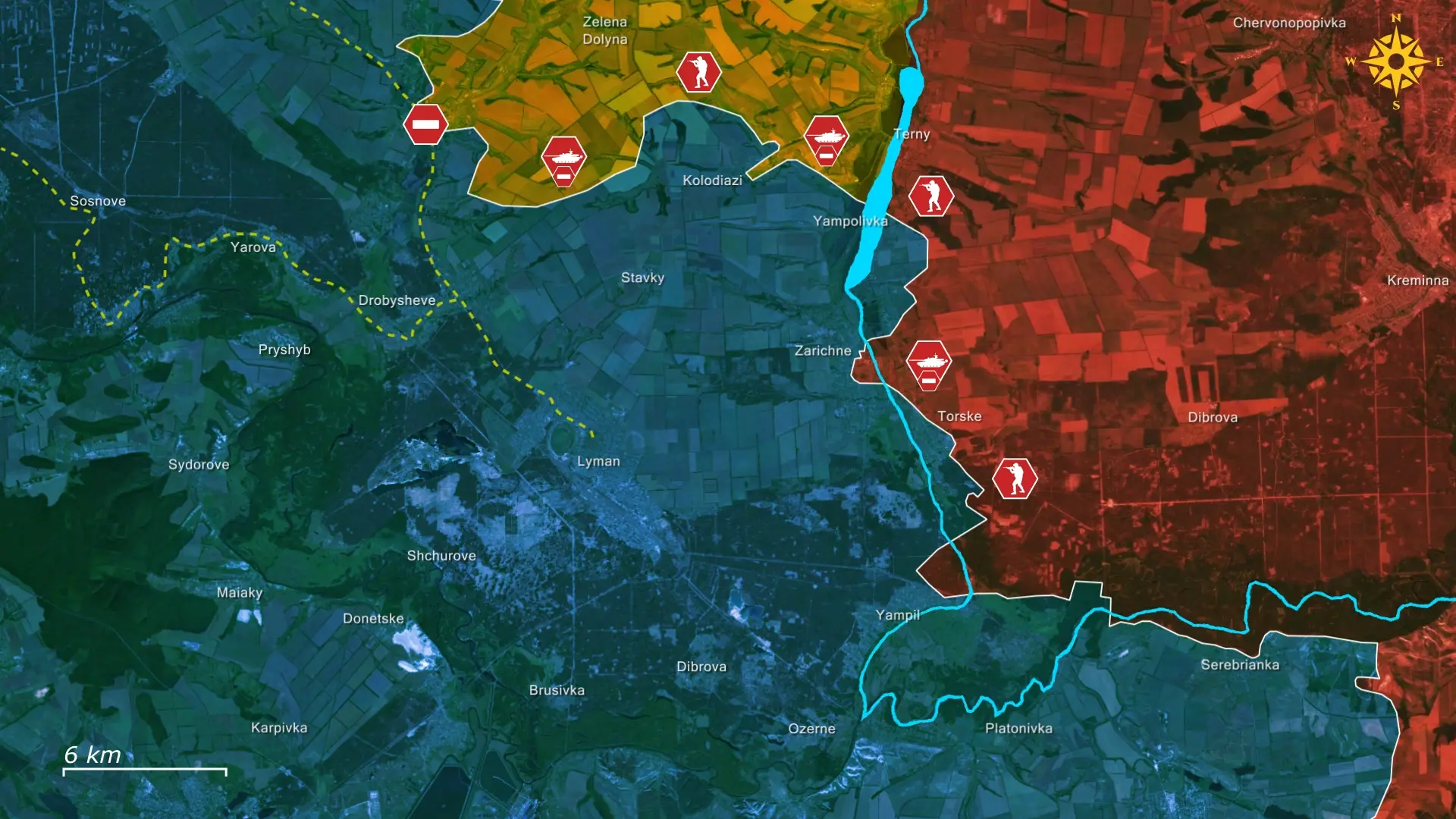
This is the closest the Russians have come to taking Li-man in the last three years, since Ukrainian forces liberated the town during the Kharkiv counteroffensive in 2022. However, their manpower is increasingly becoming depleted, threatening their ability to sustain offensive momentum. A Ukrainian brigade spokesperson in the sector said that Russian forces in the Li-man area only signed contracts with the Russian Ministry of Defense one month ago, before engaging in combat on the front lines.
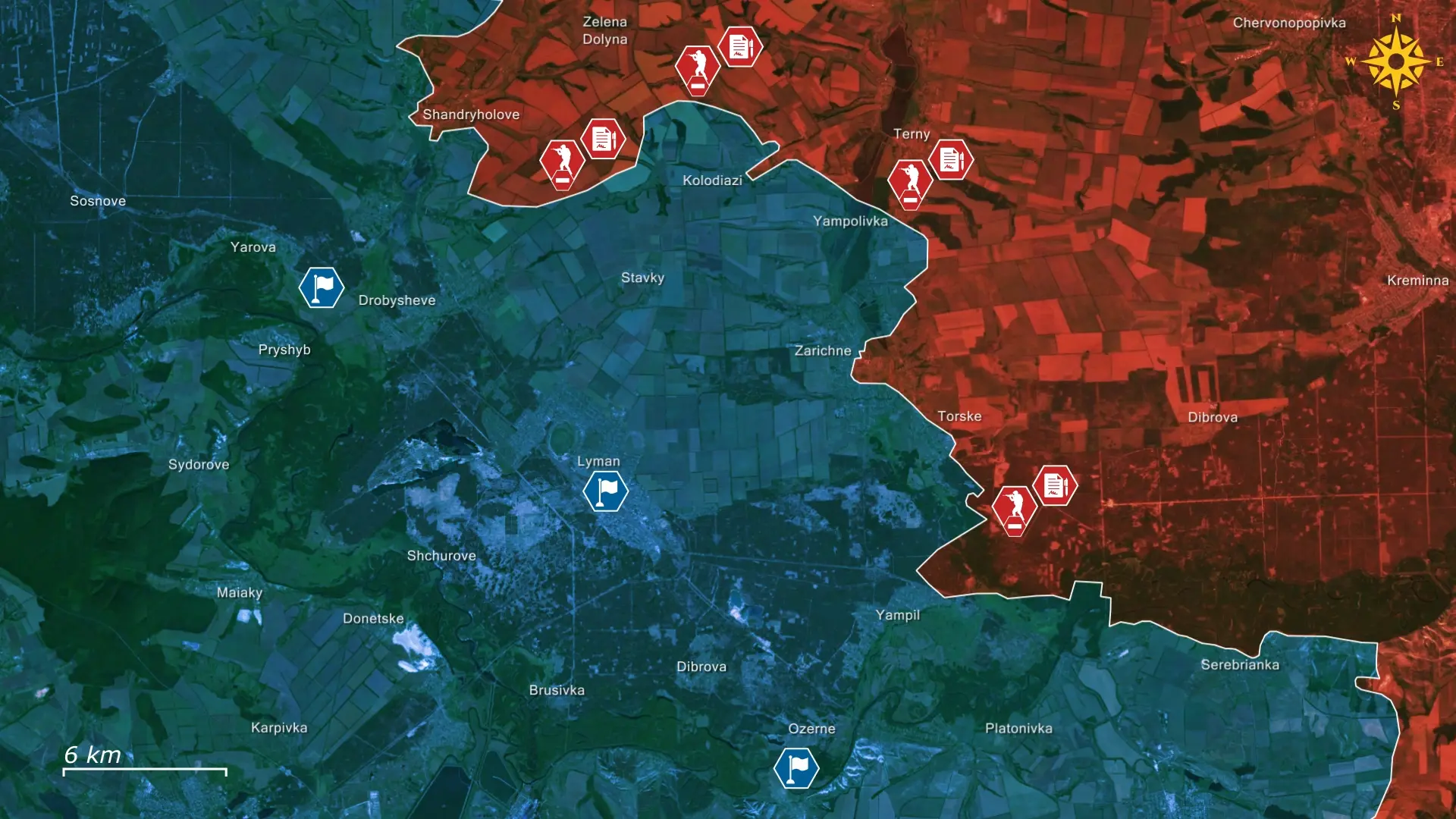
He notes that Russian infantry is being forced to assault with only two weeks of basic training because there are not enough well-trained troops, and the intensity of the attacks needs to be maintained. This rush is because the Russian high command aims to achieve its goals before the mud season begins, when any forward momentum will drastically stall and casualties skyrocket, as shown repeatedly in the last years of the war.
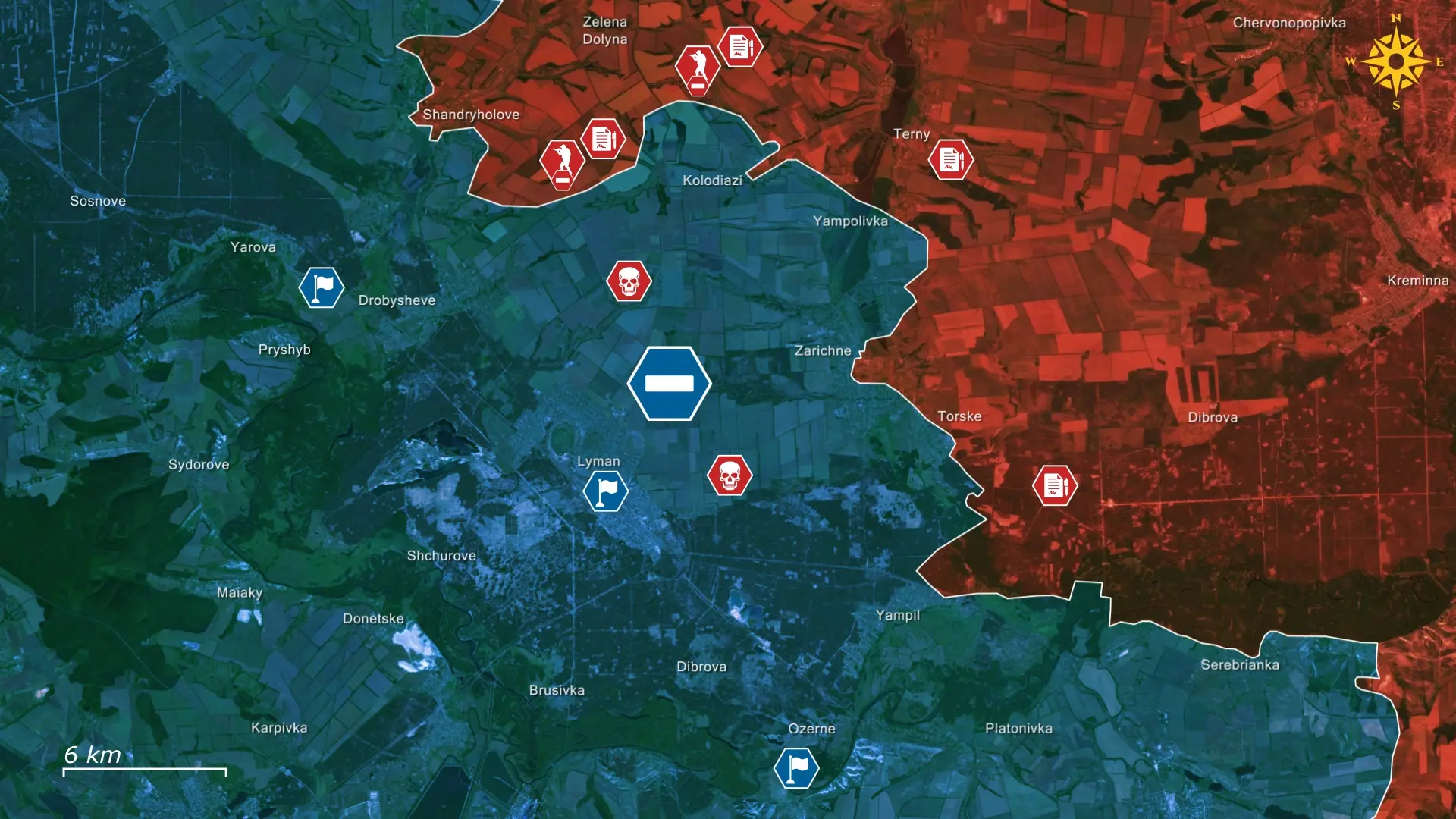
Russian recruitment numbers are heavily declining despite some regions offering record sign-up bonuses. Recruits receive up to 3.5 million rubles upfront, roughly equivalent to 37,000 dollars or four times the average Russian annual salary.
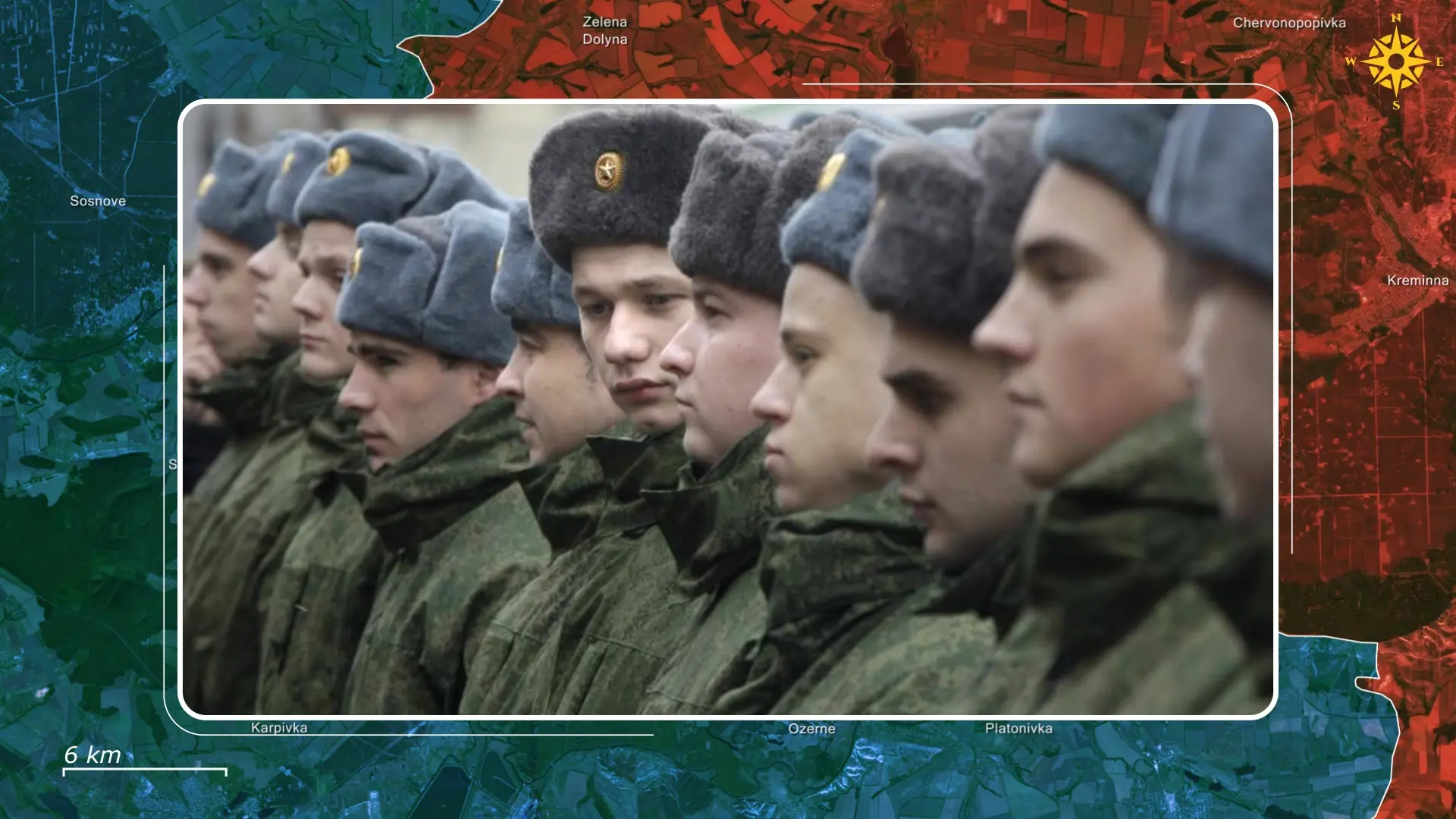
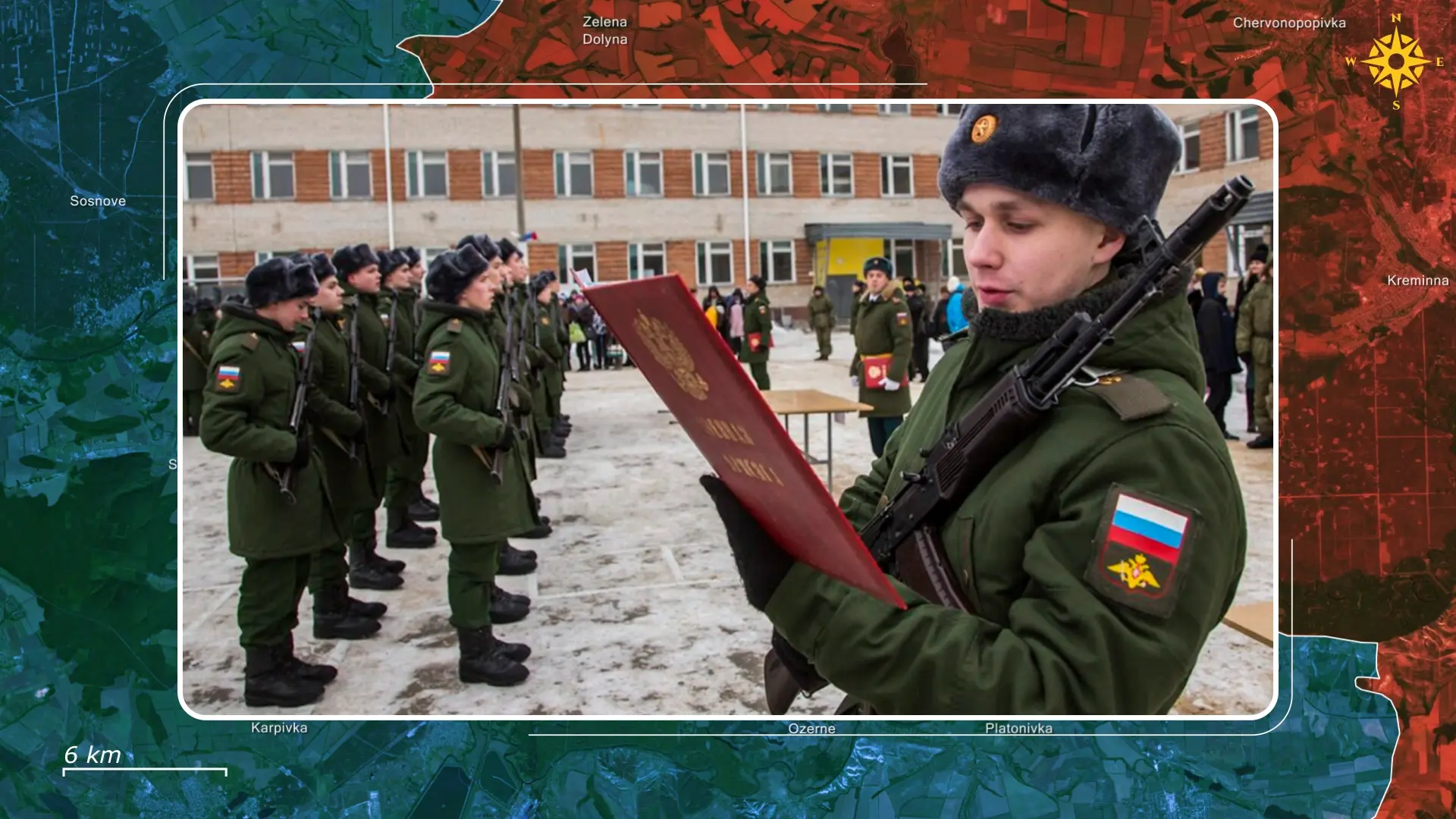
However, these incentives are insufficient to persuade the population to fight, as only 12,600 contracts were signed monthly in the second quarter of 2025—down 2.5 times from the same period last year and the lowest in two years. This is far below the replacement rate, as Russia still suffers approximately 30,000 casualties monthly.

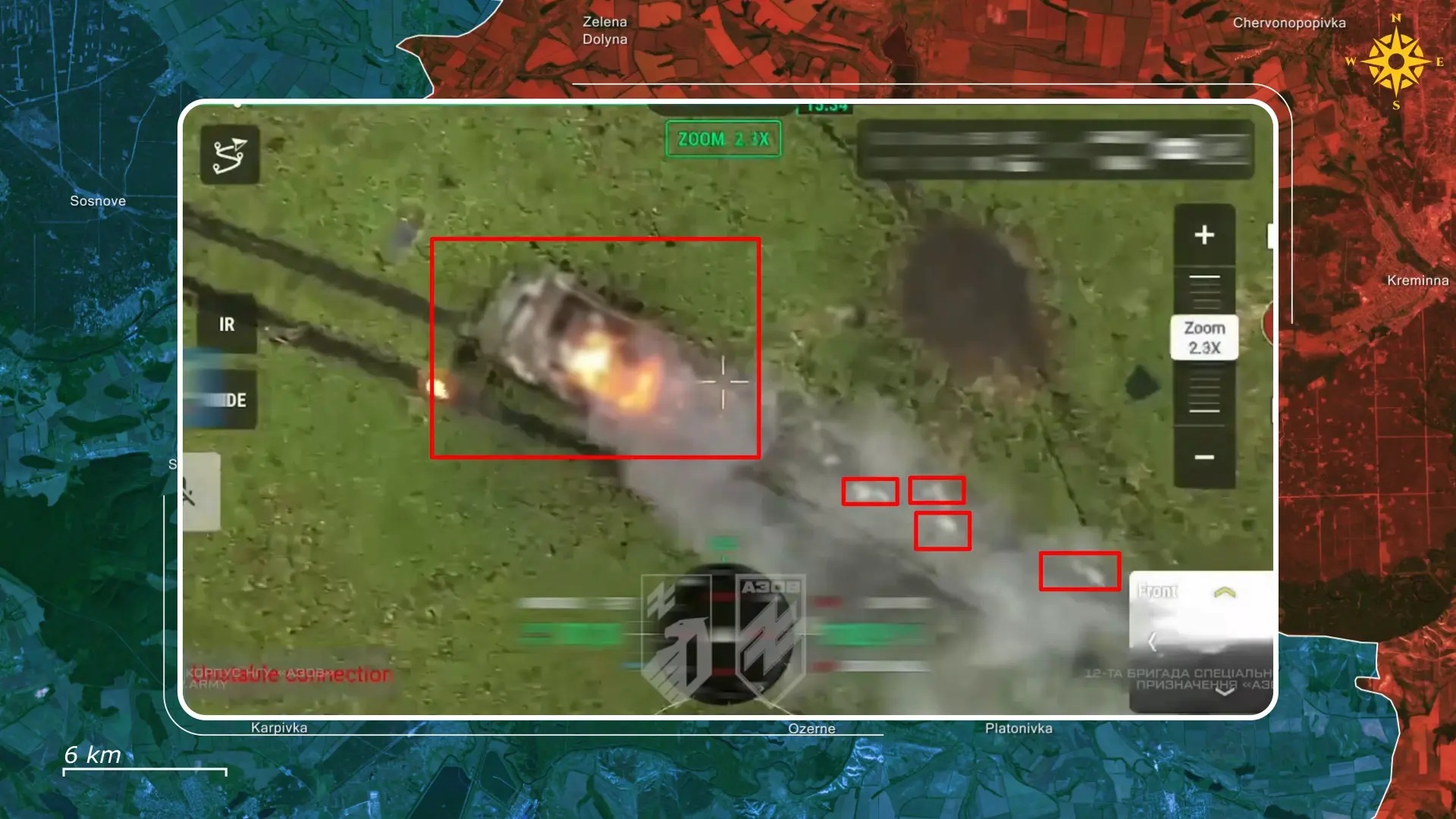
Since recruitment numbers are insufficient, the Russian command cannot wait to properly train new soldiers. Notably, recruits only receive two weeks of subpar training, and in most cases, they are first prepared for combat by their commanders and veteran soldiers.
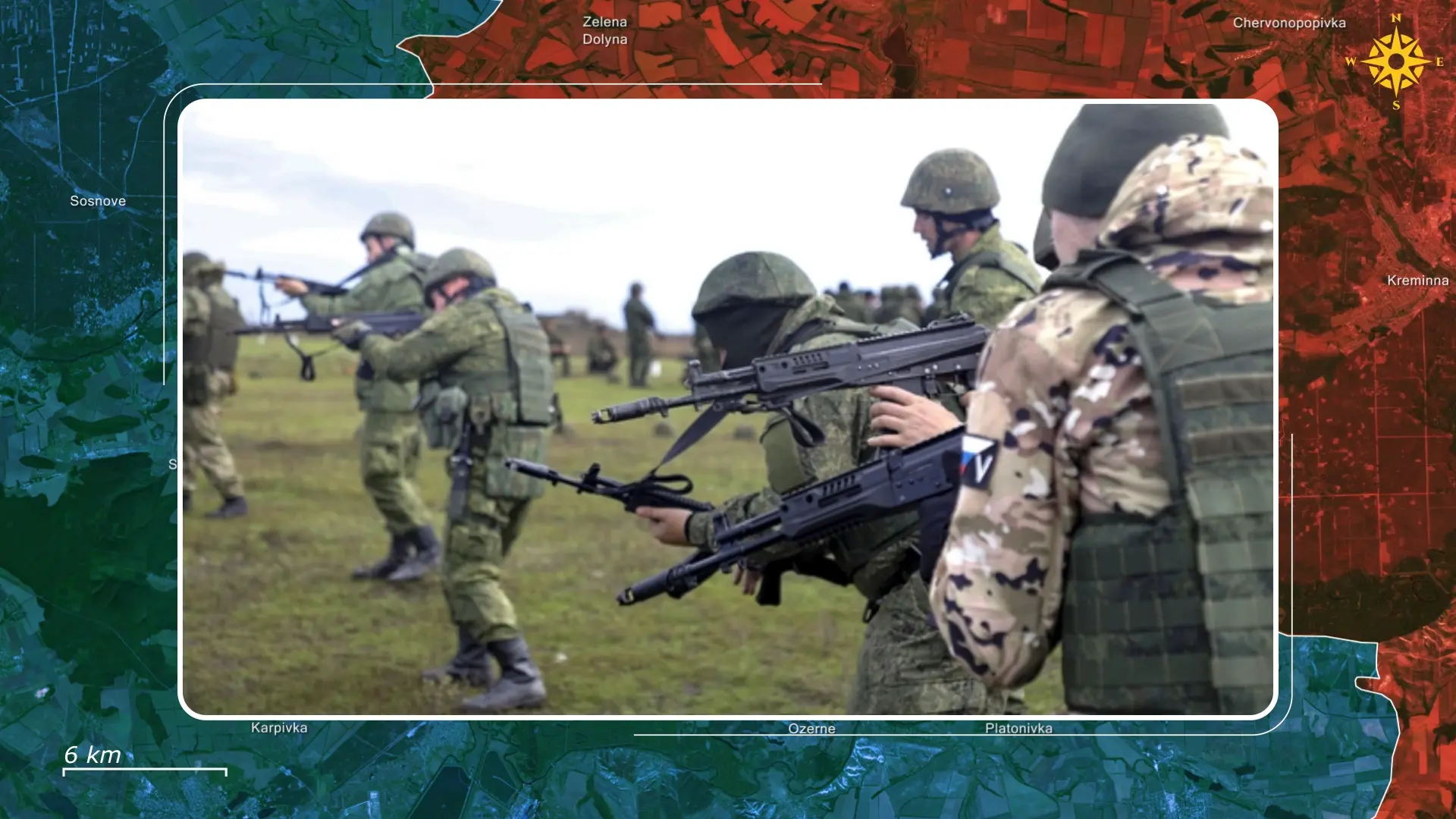
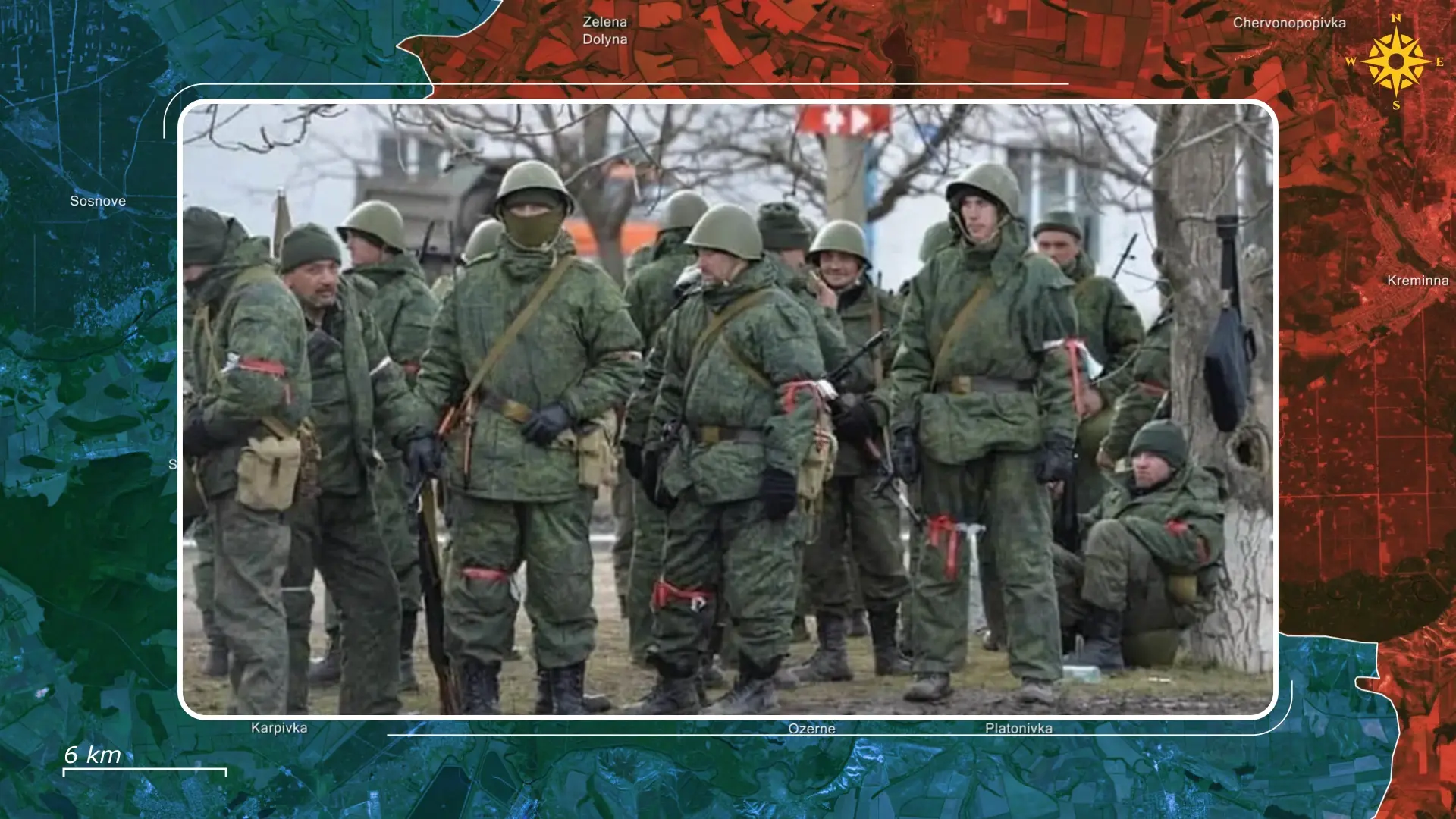
In the Li-man direction, they are immediately thrown into battle without the word-of-mouth advice from other soldiers. Minimal training does little to increase their chances of survival, so casualties will continue to increase until they reduce the intensity of their attacks. However, the main Russian tactic of infiltration assaults has resulted in fewer casualties overall, which led the high command to believe that they could continue their current rate of advance using fewer troops, which demonstrates that, despite record low recruitment, they will try to push forward.
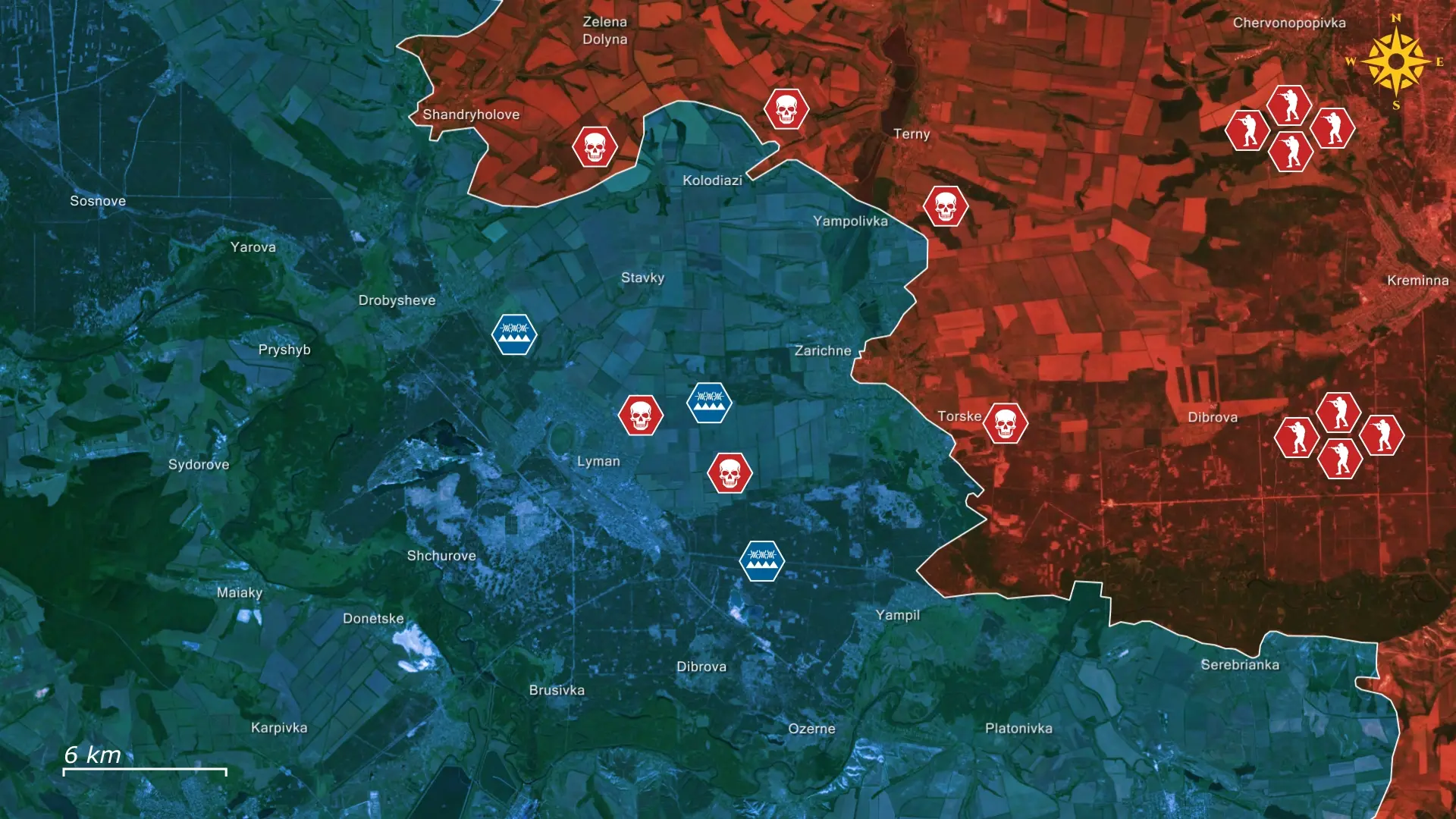
While infiltration tactics cause fewer casualties overall, they are unable to achieve the result of a large, concentrated assault. Russia has also been forming a strategic reserve from recruits since July, as casualty rates decreased during the summer compared to autumn.
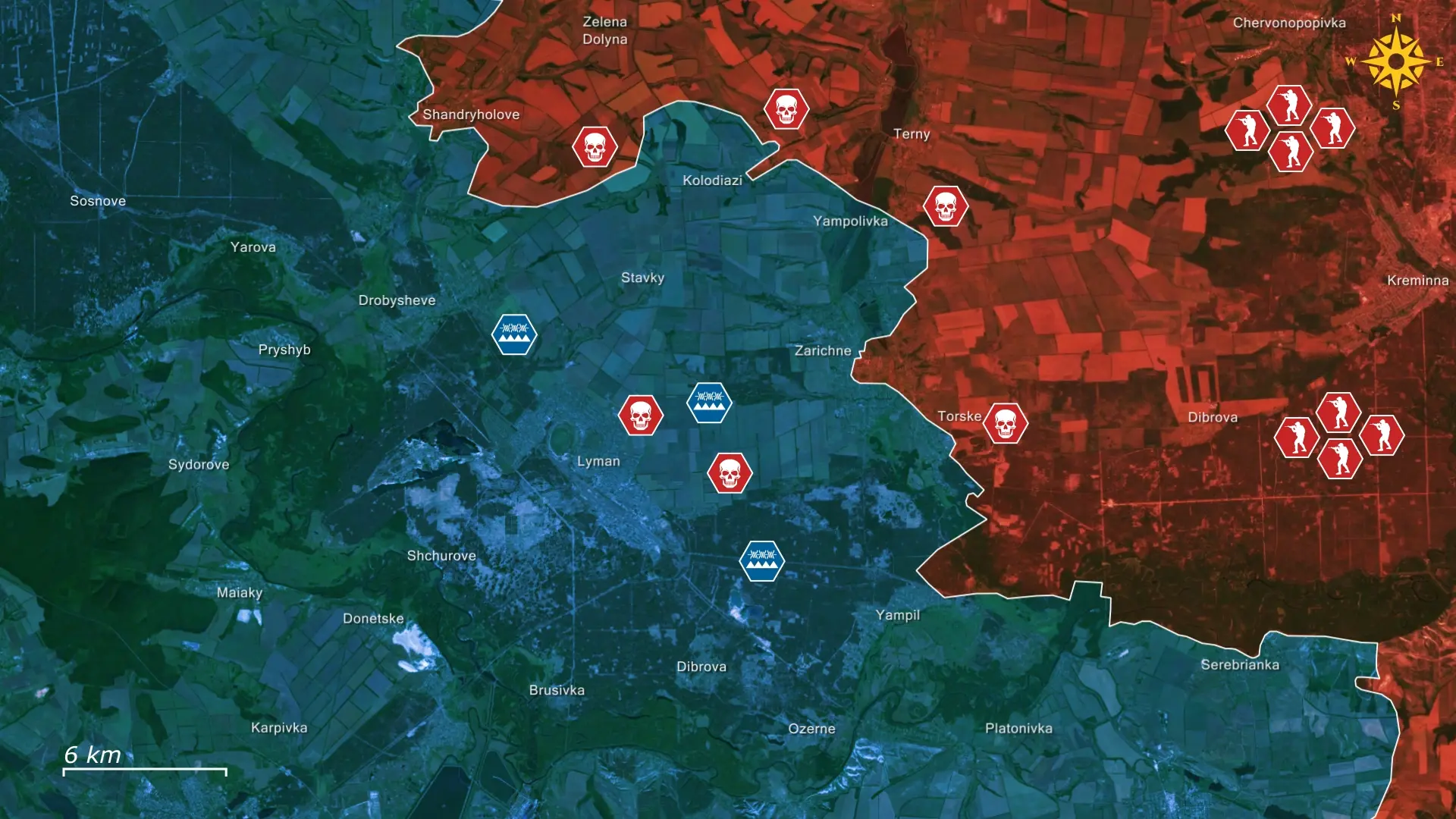
Overall, Russia is increasingly desperate to bring Li-man under control, but it lacks enough quality troops to do so, which hinders its ability to conduct successful assault operations. Falling recruitment numbers despite large signing bonuses indicate that ordinary Russians are less willing to go to war than before. If the trend continues and Moscow wants to sustain their highly attritional offensive operations, it will be forced to announce a new wave of mobilization, calling up hundreds of thousands of recruits. Mounting losses and low recruitment will compel their command to keep sending untrained and underprepared soldiers to assault Ukrainian defenses.
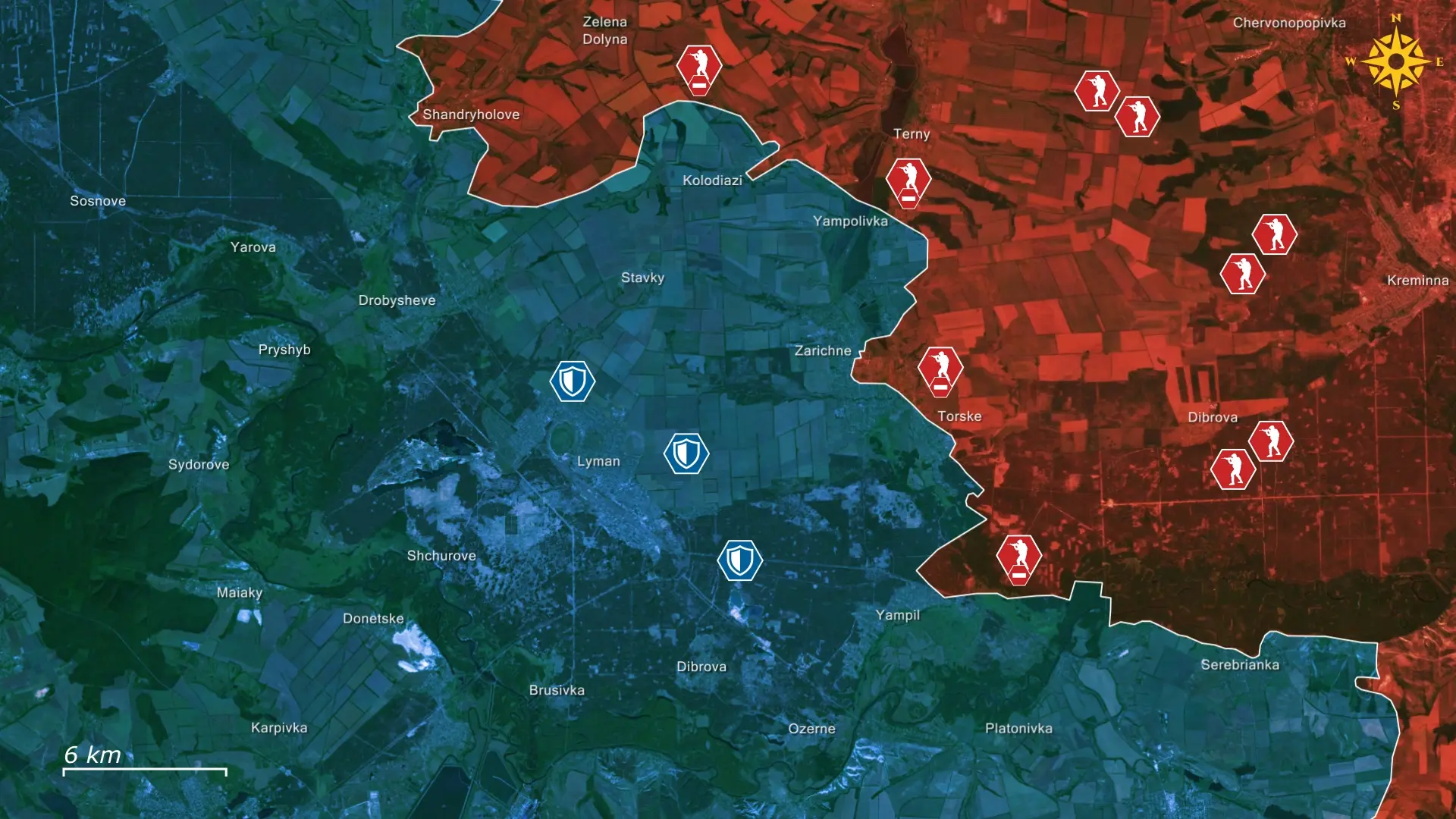









.jpg)
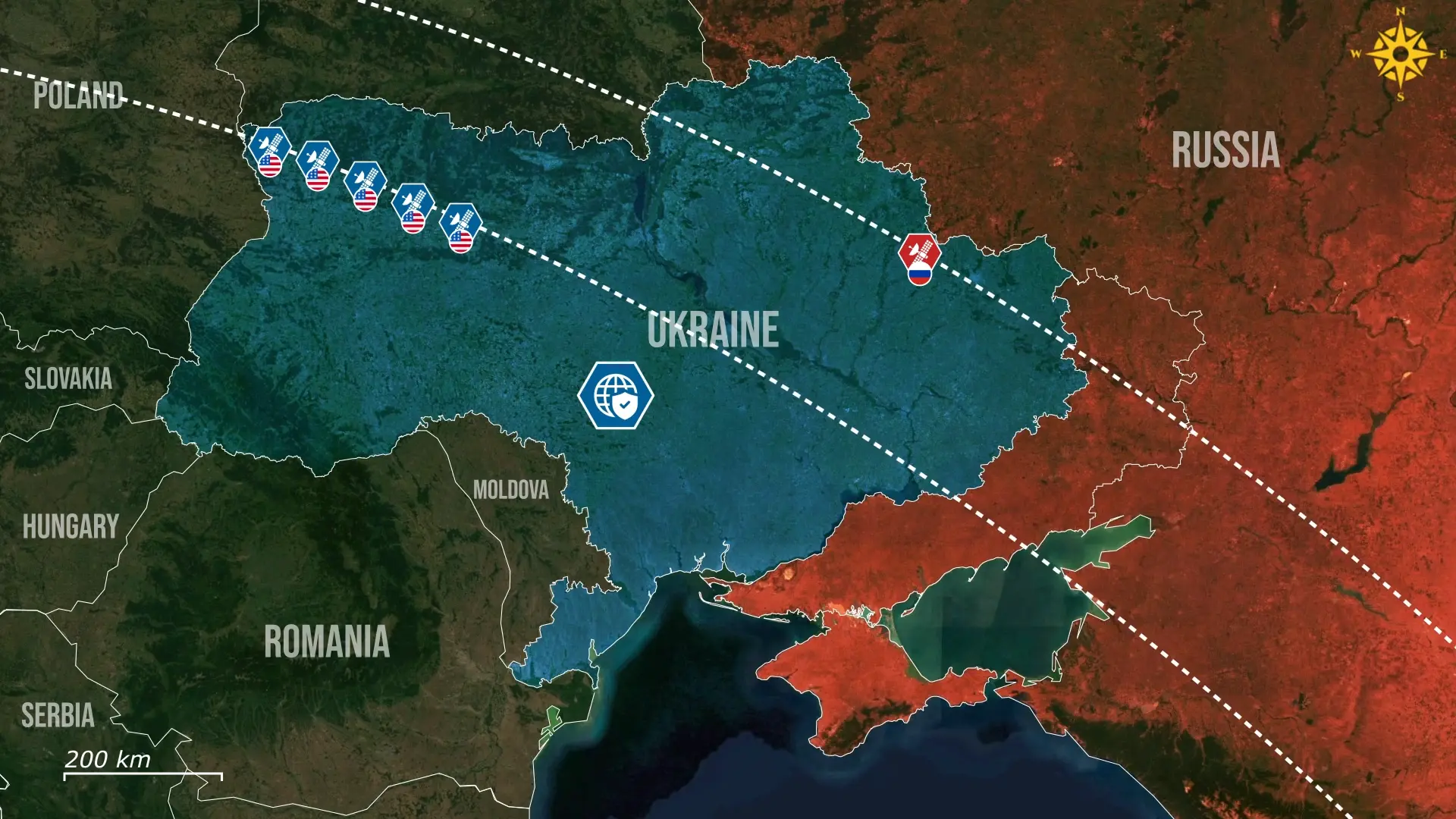
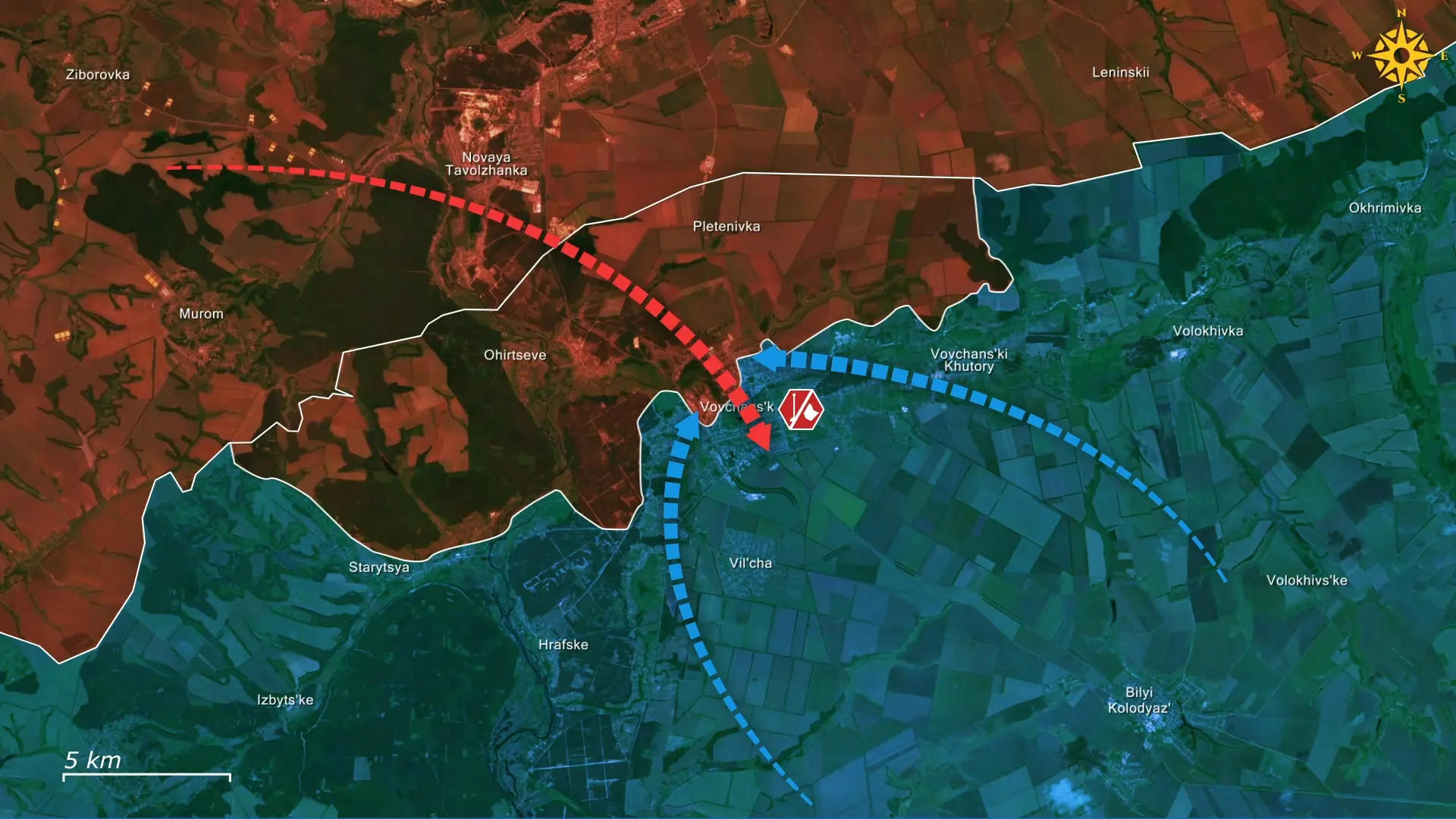
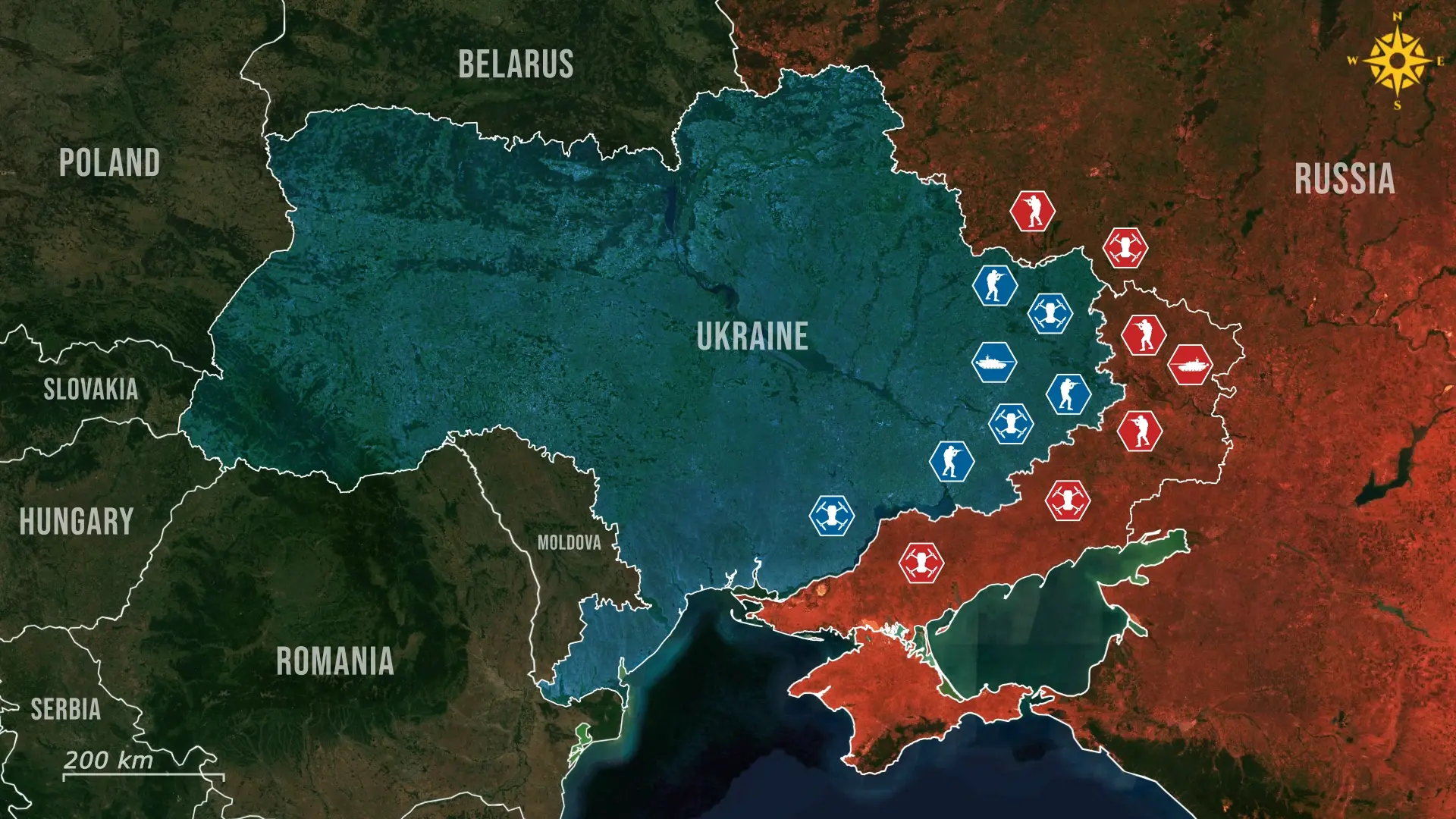
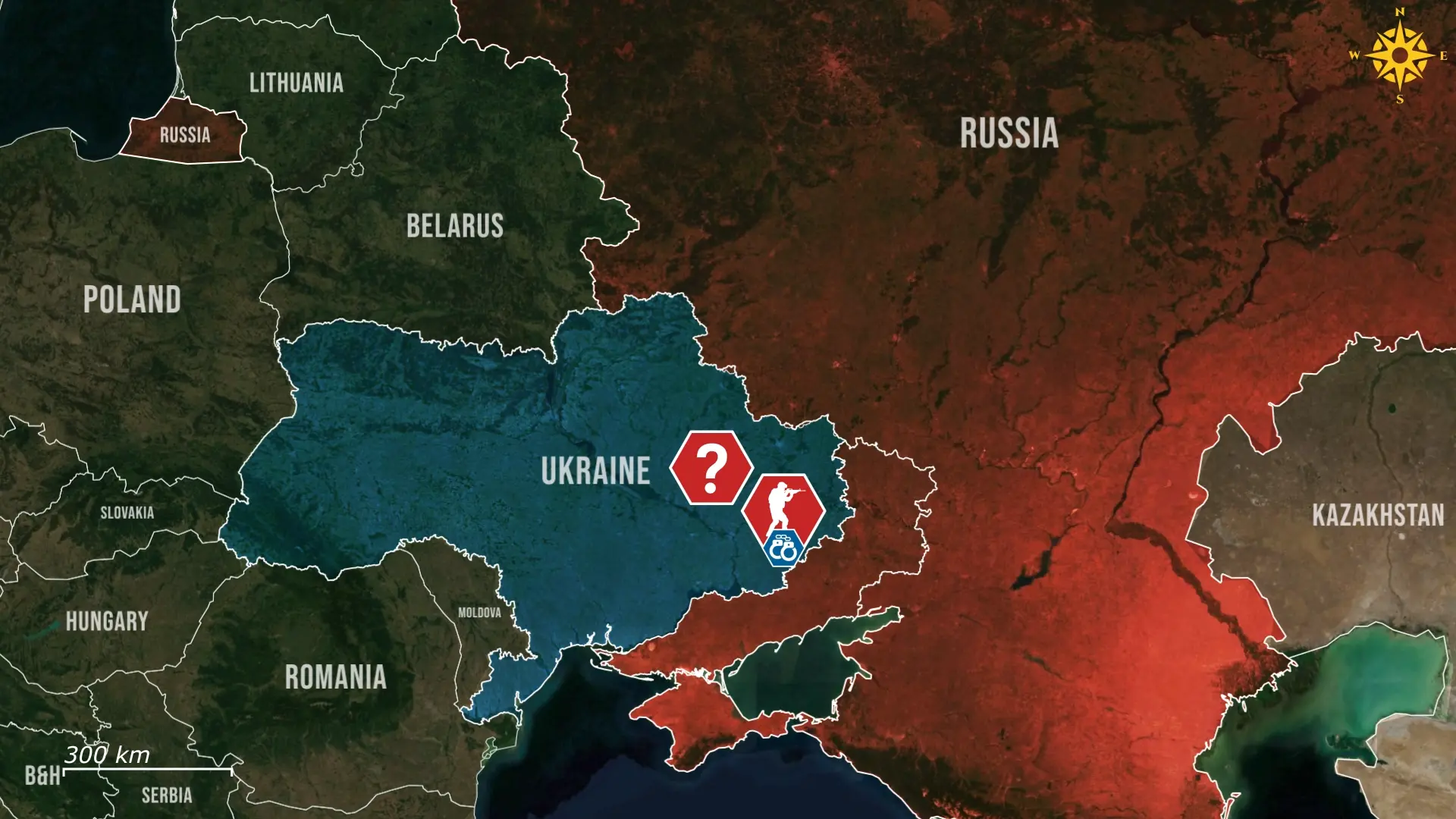
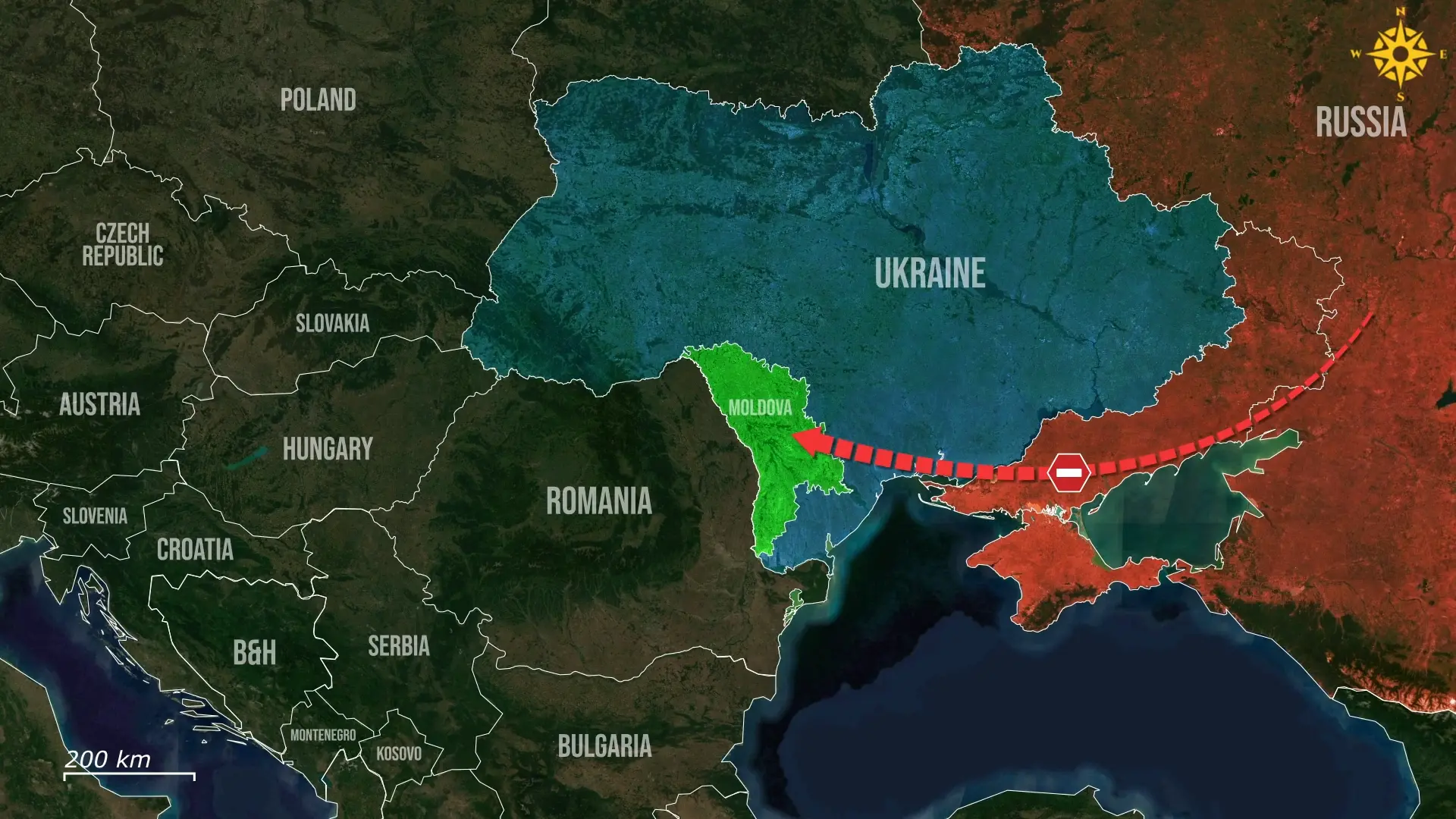

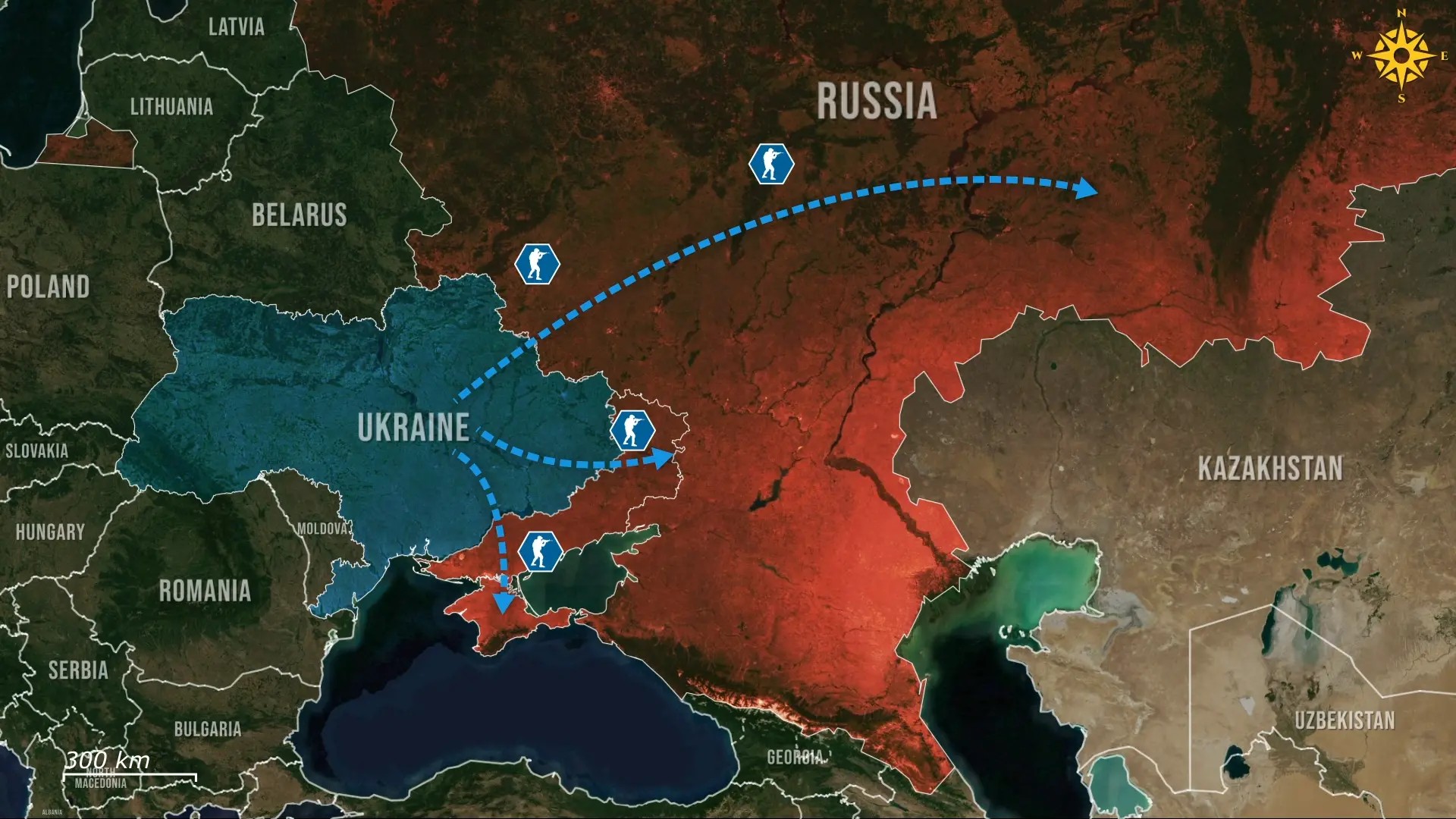
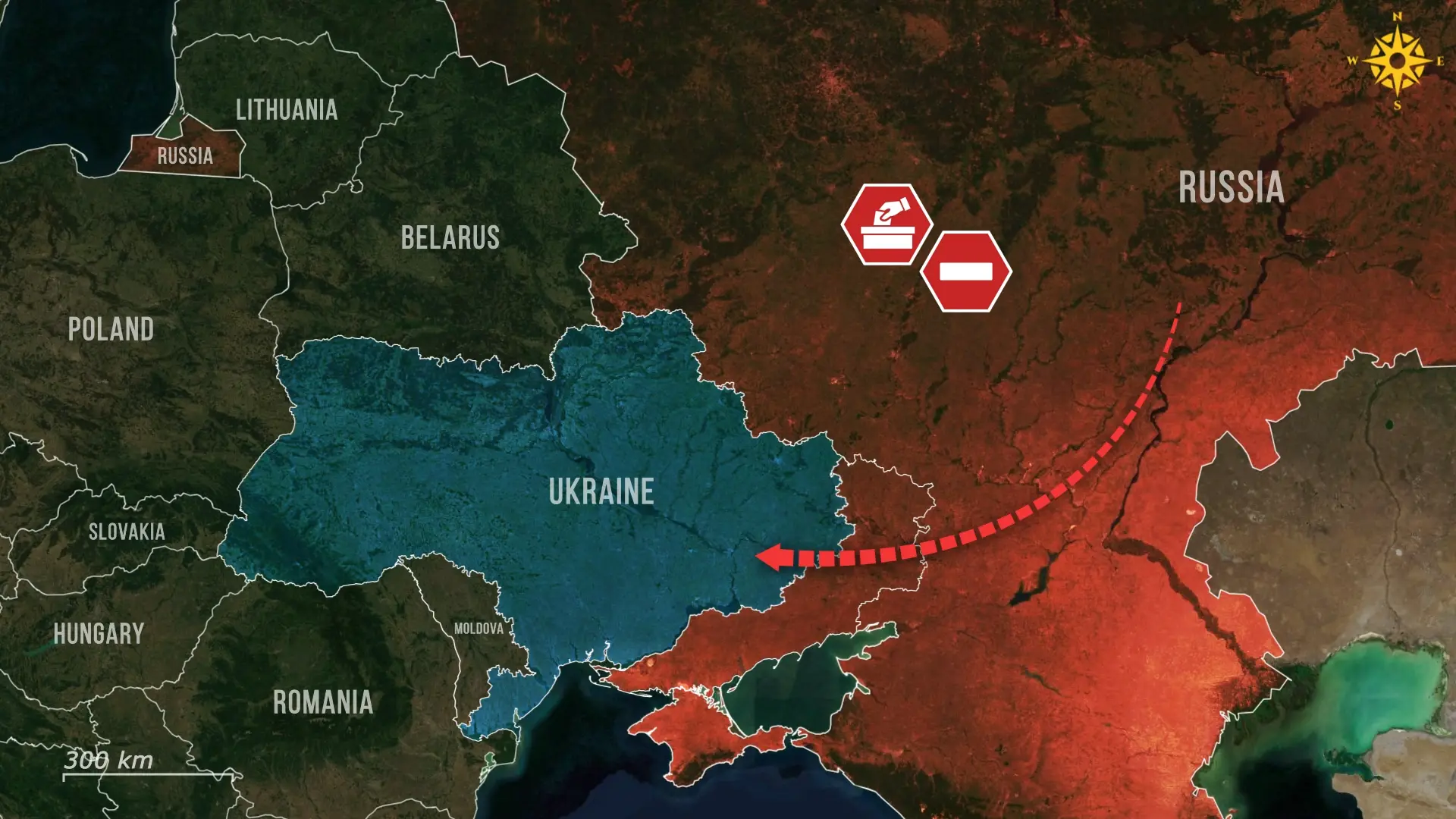
Comments